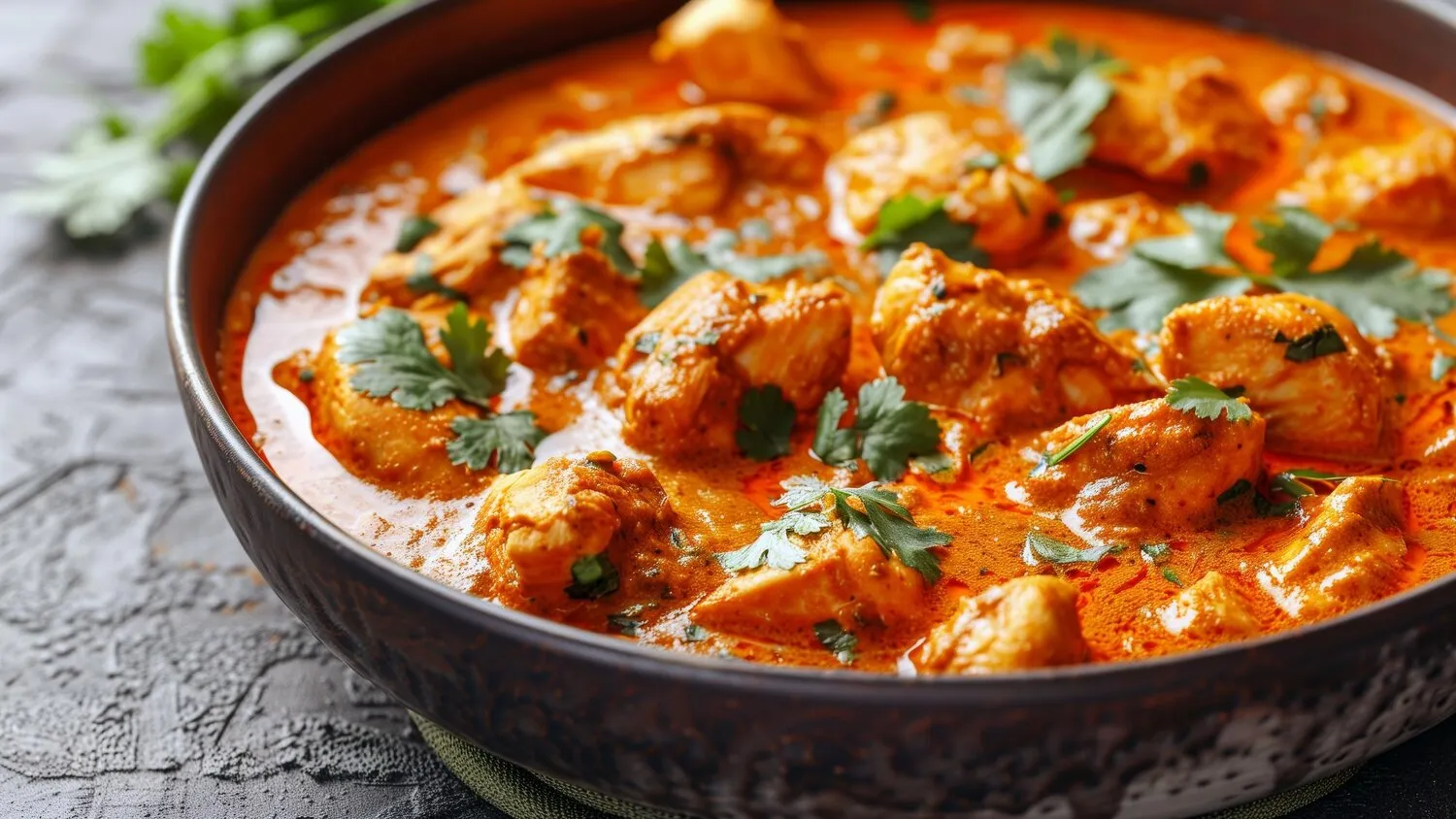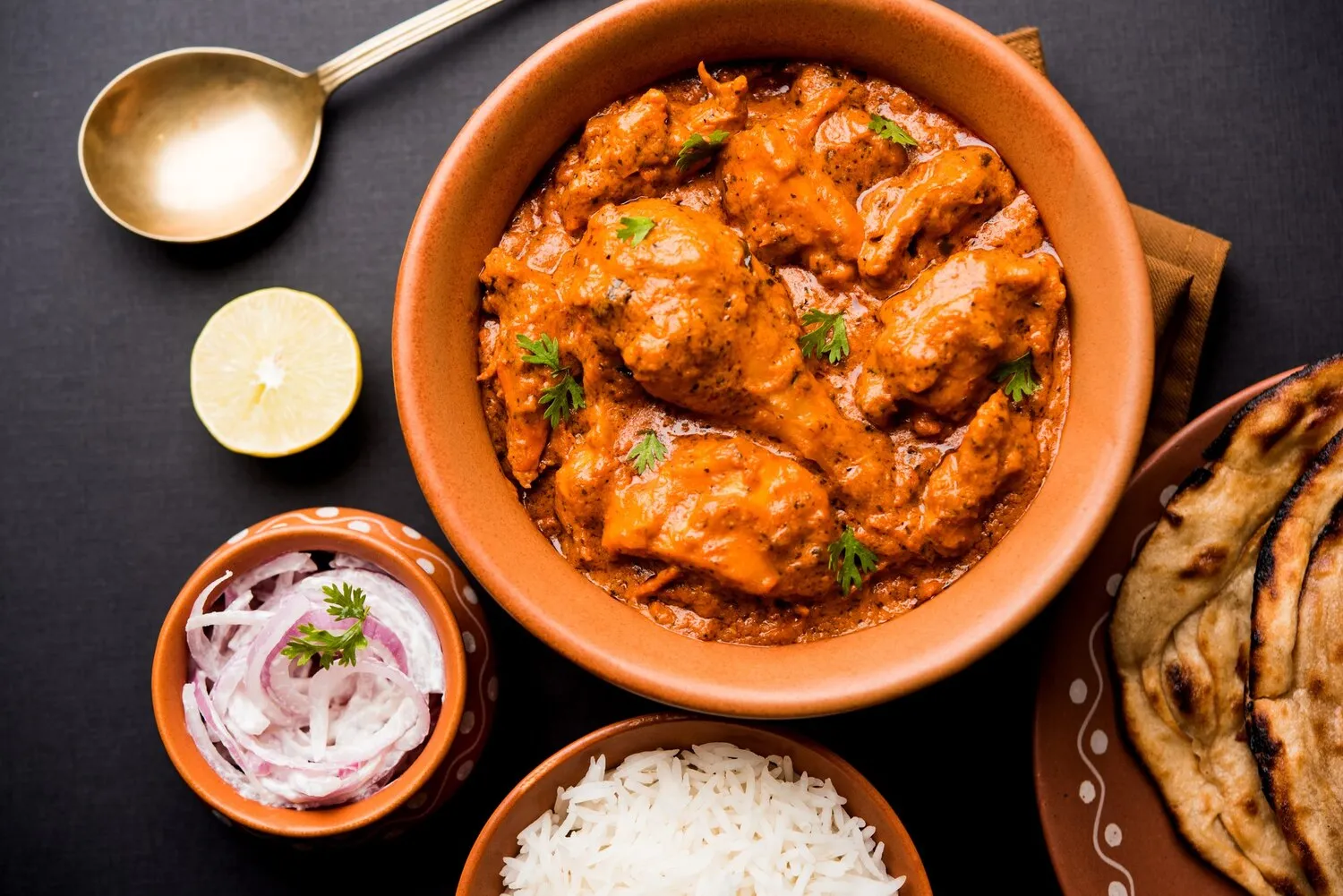
Samossa
Pastel indiano recheado com batata e ervilha.
Nutrition Facts
* The % Daily Value (DV) tells you how much a nutrient in a serving of food contributes to a daily diet. 2,000 calories a day is used for general nutrition advice.
Samosas are believed to have originated in the Middle East before the 10th century. They were introduced to the Indian subcontinent by traders from Central Asia. The name 'samosa' is derived from the Persian word 'sanbosag'. Over time, the samosa evolved into the regional variations we see today, incorporating local ingredients and flavors.
The samosa holds a significant place in Indian culture, often associated with celebrations, gatherings, and as a popular street food. It's more than just a snack; it's a symbol of hospitality and shared enjoyment.
Celebratory Snack
Samosas are frequently served during festivals like Diwali, Holi, and Eid, as well as at weddings and other celebratory events. They are a staple offering to guests.
Street Food Staple
Found on almost every street corner in India, the samosa is a readily available and affordable snack enjoyed by people from all walks of life. It's commonly paired with chutney or yogurt.
Regional Variations
Different regions of India have their own unique variations of the samosa. Some may include different fillings like lentils, meat, or even cheese. The size and shape can also vary.
The samosa is characterized by its savory and aromatic flavors. The filling offers a delightful blend of spices, while the crust provides a satisfying crunch. Typical flavors include earthy potatoes, sweet peas, and a medley of warm spices.
The dominant flavors in a potato and pea samosa come from the combination of starchy potatoes, slightly sweet peas, and a complex spice blend. Common spices include cumin, coriander, turmeric, garam masala, ginger, and chili powder, which contribute warmth, earthiness, and a gentle heat. The outer crust, typically made from all-purpose flour or maida, is often seasoned with ajwain (carom seeds) for a subtle peppery note. Some variations may include the tangy flavors of amchur (dried mango powder) or a hint of mint.
Crispy Crust Secret
Adding a small amount of fat (ghee or oil) to the dough is crucial for a flaky and crispy crust. Kneading the dough properly and resting it for at least 30 minutes is also important.
Spice Blending
Roasting the whole spices and grinding them freshly enhances their aroma and flavor. Adjust the spice levels according to your preference.
Perfect Filling Consistency
Avoid overcooking the potatoes to prevent a mushy filling. The filling should be slightly dry, allowing it to hold its shape inside the crust.
Frying Temperature
Maintain a medium-low frying temperature to ensure the samosas cook evenly and the crust becomes golden brown and crispy without burning.
Explore additional Indian dishes and restaurants
Explore IndianDiscover top dining spots and culinary experiences in Rio Claro.
Explore Rio ClaroLearn more about the food culture, restaurant scene, and culinary heritage of Brazil.
Explore Brazil
